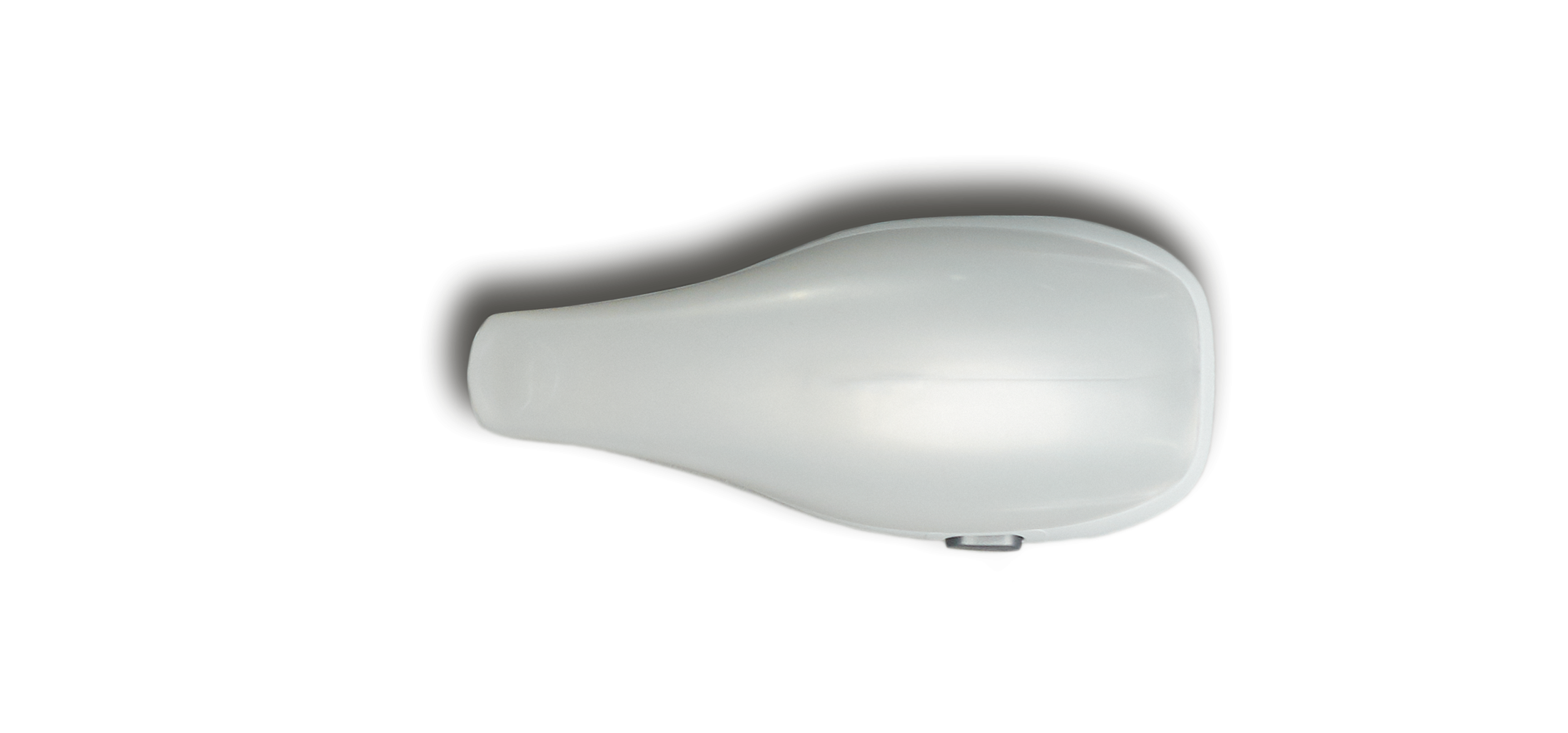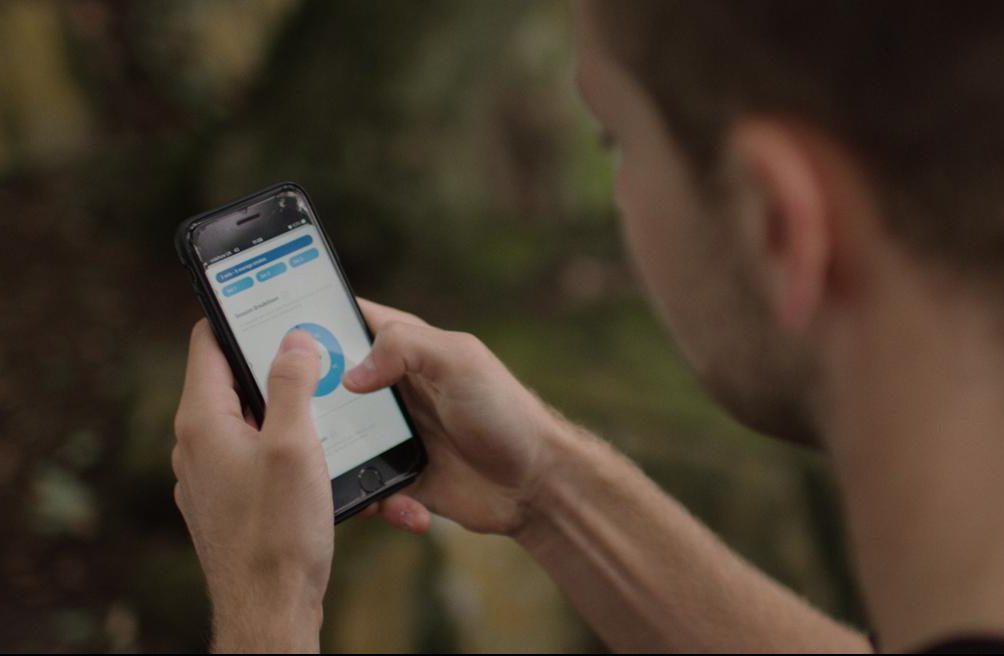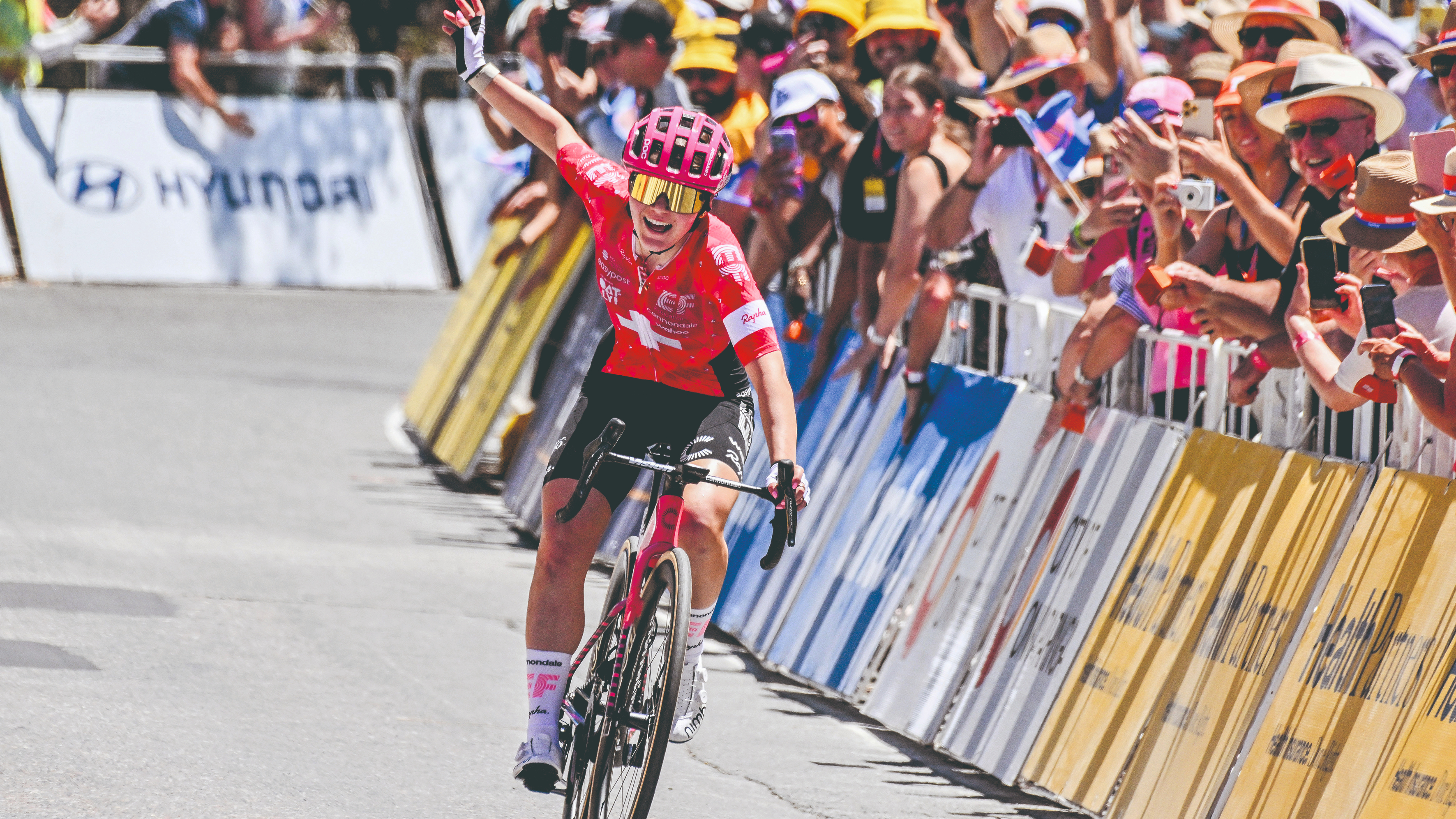An end to data doping: could this body motion sensor revolutionise indoor cycling?
Incus founder in talks with two indoor cycling platforms about how body measurement tech could level up e-sports


The Incus Nova – a wearable body motion sensor already on the market for swimmers and runners – could hugely improve the realism of indoor cycling for both users and spectators as well as detect cheating, according to its founder.
Incus would use body measuring technology to alter how an avatar looks depending on whether the rider is in the drops, out of the saddle, sitting upright to climb or descending, as well as changing their CdA (drag) in game.
Detailed data from the Incus, which would be pooled with power and heart rate data, could also help provide another step in verifying that the performance is human rather than aided by data doping.
The device’s designer and the founder of Incus, Chris Ruddock, is currently in talks with two indoor cycling platforms.
“I can’t at the moment say which ones they are,” said Ruddock. “I’ve been told strictly that we shouldn’t until we’ve got something that’s more substantial.
"They approached us on how best to improve the hardware of measuring how someone’s moving to a really high quality and integrating that into an e-experience, but also about knitting these data together in a way that is meaningful and impactful.
“We’re collecting data to understand how people move on bikes – the same process that we’ve done for the pool and for running. Once we understand that more, we already have all the technology on our hardware, so it’s just about saying, what format do you want this in?”

The Incus Nova, which weighs 30g, costs £199 and is worn at the top of the spine, inserted within specifically designed Incus clothing. It uses MARG (magnetic, angular rate and gravity) and environmental sensors to map body movement. It was first launched for swimming, supplying analytics relating to body pitch and roll, left/right balance, cadence and other data that would help swimmers move faster through the water. Support for running went live last year with run power, cadence, left/right balance impacts and injury monitoring included among other metrics.
Confidence and standardisation
But the potential role the Incus Nova could play in levelling the playing field for indoor cycling could be its most crucial one so far.
“I think the big words are confidence and standardisation,” said Ruddock. “It’s something the industry is trying to do, but I don’t feel we’re quite there yet. We believe measurement technology is the key to it. The way we see it a rider would get a confidence indicator, perhaps a number. If you’re on Zwift and just using a certain type of power measurement, that might get a one out of five, let’s say. If you’re using a specialist power meter that’s more accurate and it’s been validated that might give you a confidence indicator of two.
“To do a certain type of race you would have to have a certain level of confidence indicator, whether that’ s a calibrated power meter or HRM or Incus device, depending on the level of competition. We would hope that the UCI-regulated, pro races would have to stipulate that higher degree of confidence."
Incus says that once a rider has been wearing the device in training, the platform will build up a profile of how much power they produce when their body is moving in a certain way, thus detecting when power readings are inconsistent.
No direct relationship between Incus Nova and Zwift has been disclosed, and Zwift outlined its protocol to ensure racing is fair at the top end of the field to Cycling Weekly last year. However, it was noted that at the amateur racing level this is harder to monitor.

“Athletes would wear the device while they’re training, we collect that information and data, we teach our algorithms to recognise these trends over a period of time,” explained Ruddock. “Once learned, we can apply it to information that the device hasn’t gleaned and the device is able to make informed guesses and judgements classifying activity when you’re in the drops, tucked down, how much lateral movement you have when you’re in and out of the saddle.
“However, to be clear, we’re openly suggesting this rather than saying it’s going to happen. This is where we feel the focus should be and we are proactively making it happen on our side at least. We don’t have any time frames on it because we’re currently focusing on our running analytics. We’re working on it in the background but whether it becomes a commercial reality in the short or medium term, that’s yet to be decided.”
In tandem with Katsanis
Ruddock, 27, already has a background in cycling: while studying product design engineering at Loughborough University he worked with Dimitris Katsanis, the designer of the UK Sports Insitute track bike, and developed a carbon-fibre tandem frame that was used by Team GB at the Rio Olympics.
>>> Are aero sensors the tech of the future?
The Incus device came from Ruddock’s idea that multiple advanced performance statistics could be measured from a single device, in a single location with help from different algorithms – something that he says had been in his mind since 2009, before the technology existed for him to be able to deliver it.
Although no time frame exists for Incus to announce its involvement with indoor cycling platforms, Ruddock and Incus are working on launching their own support for cycling in winter 2021/2022, whereby data from the Incus Nova can be pooled through a standard head unit with power and heart rate.
Ruddock said: “CdA measurement is something that’s becoming more accessible these days and more exciting because there are people doing it out on the road instead of in the wind tunnel, but still the question is asked, what can I do to get better? We can try to hold ourselves in an aero position but is that at the cost of physical fatigue, power output, or is it possible for this particular event? It’s the kind of analysis that the pro teams have been doing for a good while, but they do it very manually.”
Cycling Weekly has been promised a preview, so stay tuned.

Thank you for reading 20 articles this month* Join now for unlimited access
Enjoy your first month for just £1 / $1 / €1
*Read 5 free articles per month without a subscription

Join now for unlimited access
Try first month for just £1 / $1 / €1
Get The Leadout Newsletter
The latest race content, interviews, features, reviews and expert buying guides, direct to your inbox!
Simon Smythe is a hugely experienced cycling tech writer, who has been writing for Cycling Weekly since 2003. Until recently he was our senior tech writer. In his cycling career Simon has mostly focused on time trialling with a national medal, a few open wins and his club's 30-mile record in his palmares. These days he spends most of his time testing road bikes, or on a tandem doing the school run with his younger son.
-
 How do the pros train? Noemi Rüegg's 26 hour training week
How do the pros train? Noemi Rüegg's 26 hour training weekWinner of this year’s Tour Down Under, the EF Education-Oatly rider is a climber whose talent is taking her to the top
By Chris Marshall-Bell
-
 Save £42 on the same tyres that Mathieu Van de Poel won Paris-Roubaix on, this Easter weekend
Save £42 on the same tyres that Mathieu Van de Poel won Paris-Roubaix on, this Easter weekendDeals Its rare that Pirelli P-Zero Race TLR RS can be found on sale, and certainly not with a whopping 25% discount, grab a pair this weekend before they go...
By Matt Ischt-Barnard